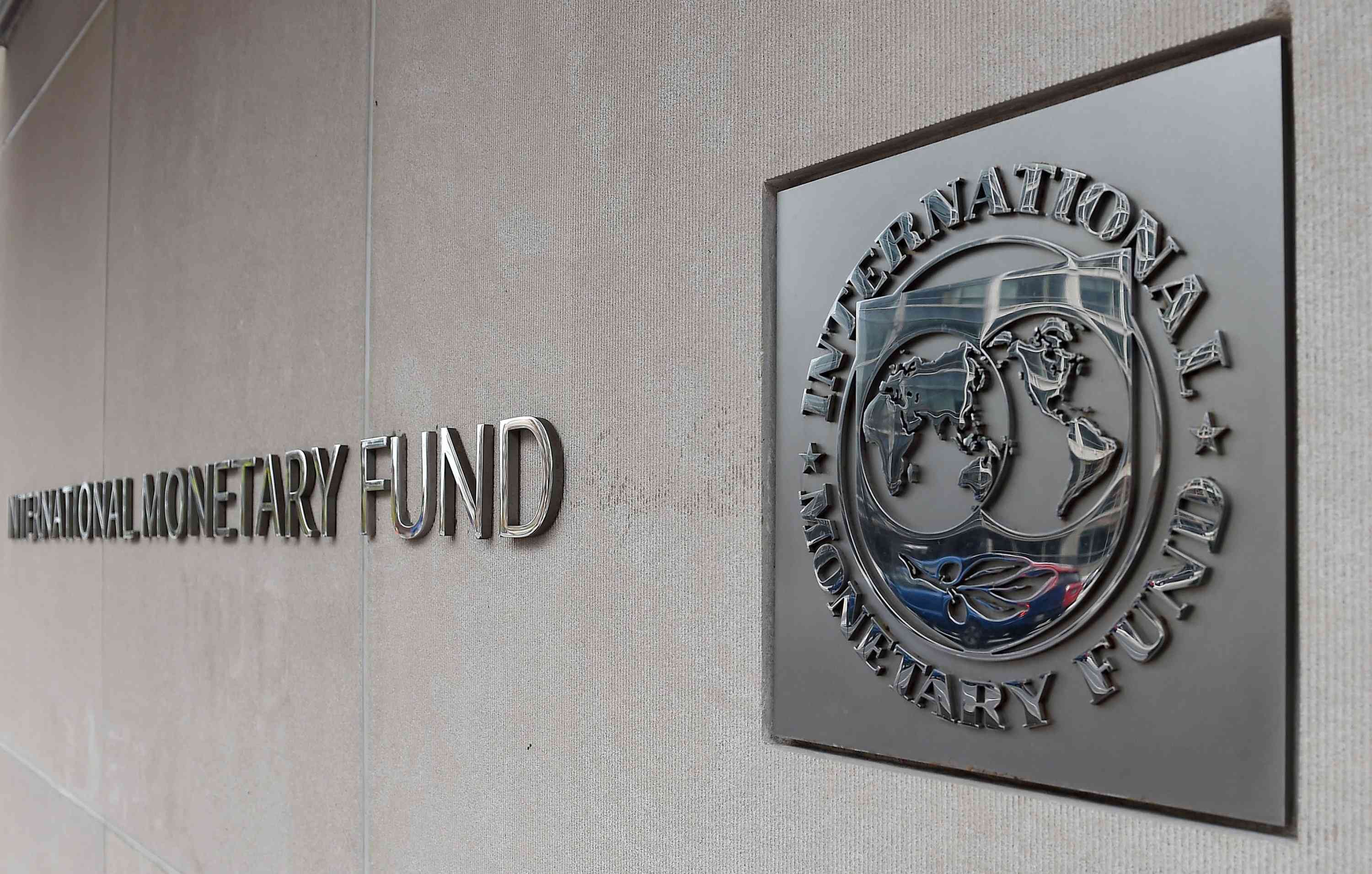
AT the end of a two-week International Monetary Fund (IMF) visit to Zimbabwe this Wednesday, it was clear the Fund was worried about the state of Harare’s economy.
It has always been, but there has been no political will to address the concerns that it has raised.
It was inevitable that pointers of another rapid descent into chaos would unsettle the IMF. For instance, Zimbabwe’s currency has surrendered buying power by 95% since January.
It is the same economy whose currency plummeted by over 700% on the dominant black market in 2023, which was one of the worst such battering for a country outside a war zone. With the Zimbabwe dollar in peril, it is clear that while authorities are battling to give the impression that fundamentals are correct, the country is headed for another difficult year. It still faces myriad problems, according to the IMF’s report, which warned that continued volatility on Zimbabwe dollar indexed inflation will remain the biggest threat to growth.
At 34,8% officially, Zimbabwe’s annual inflation has been severely massaged, and understated considering that some estimates are already saying the rate is galloping towards the 1 000% mark.
This week, Equity Axis estimated annual inflation at 747%. Rightly so, Equity queried recent moves by authorities to complicate the calculation of inflation data to present a Zimbabwe that is on its way to recovery. Exchange rate restrictions have dealt a huge blow to sectors like retail. Formal retailers have been directed to use the official Zimbabwe dollar exchange rate, but they have to buy foreign currency on an expensively priced black market to replenish their stocks, a situation that could soon end with a string of corporate tombstones.
These are only a few of the self-inflicted headwinds confronting a country that is struggling to rebuild its power facilities to run mines that have opened since an influx of Chinese investors accelerated six years ago. But the truth is, experiences of the past decade demonstrated that by manipulating figures for selfish ends, authorities will be creating far bigger problems for millions.
Presenting an inflation rate 20 times lower than real developments exposes Zimbabwe to the risk of poor decisions, which destroy companies. It was the case in December 2008, when official inflation was estimated at 281 million percent.
- Mavhunga puts DeMbare into Chibuku quarterfinals
- Bulls to charge into Zimbabwe gold stocks
- Ndiraya concerned as goals dry up
- Letters: How solar power is transforming African farms
Keep Reading
The actual rate, as calculated by the IMF, had rocketed to 500 billion percent. With such manipulation, companies crashed, and investors stampeded out after panicking due to government’s secrecy.
This uncertainty was compounded by policy inconsistences and tough empowerment laws, which made Zimbabwe one of the worst destinations for capital. Having made all these blunders, Zimbabwe has been given many chances to reform, but its rulers see any moves towards reform as sure ways of losing power. The question is, for how long will millions continue to suffer? If authorities are serious about rebuilding a better economy, they should carry out required reforms to help Zimbabwe ride out of 24 years of protracted grief.






